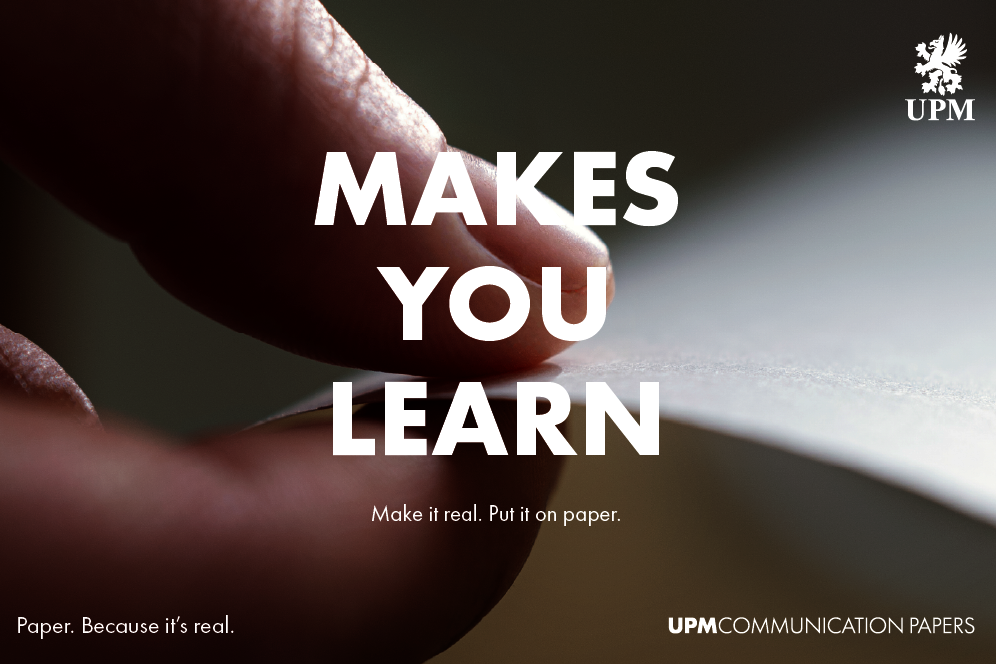ANZEIGE UPM | The value of print in education: Boosting reading comprehension and memory
The act of opening a book is not merely an act of unfolding pages; it is an invitation to crack the spine, to feel the weight of the words, and to immerse the mind and soul into a captivating world. Yet, as technology permeates every aspect of our lives, the question arises: how does that impact how we learn?
Researchers at the University of Valencia analysed more than two dozen studies on reading comprehension published between 2000 and 2022, which assessed nearly 470,000 participants.
Print reading over a long period of time could boost comprehension skills by six to eight times more than digital reading does.
Their findings suggest that print reading over a long period of time could boost comprehension skills by six to eight times more than digital reading does.
Why? They believe that the linguistic quality of digital texts tends to be lower than that traditionally found in printed texts. Text on social media, for example, may be conversational and lack complex syntax and reasoning. It could also come down to a “reading mindset”.
The study, published in the Review of Educational Research, indicated that the impact is worse on young children, who may not be fully equipped to self-regulate their activity during digital leisure reading. Sweden stands out as one of the pioneering governments reevaluating its digital-print balance. In response to a stagnation in reading performance among specific age groups, the education ministry has decisively shifted its focus from digital devices to printed textbooks.
Allocating approximately SEK 650 million (over EUR 55 million) in 2023 and SEK 500 million (EUR 42.5 million) in 2024 for printed schoolbooks, Sweden aims to provide one book per student per subject in primary schools. The Swedish Minister of Education Lotta Edhlom stated “Those who had read printed text were better able to reproduce main points, remembered more parts, and showed overall better reading comprehension. Furthermore, there are studies that show that children who use paper and pencil write longer essays, have an easier time recognizing letters, and remember more of the teaching.”
A notable benefit to paper reading lies in the orientation facilitated by flipping through physical pages. This action provides both a tangible connection to the content but also creates a mental map, making it easier to recall information and navigate through learned material. Through the elimination of distractions posed by digital notifications, learners can concentrate more deeply on the material at hand, this creates a more conducive learning environment.
Research states that the spatial and tactile information associated with writing by hand on physical paper is what leads to improved memory
A recent study showed Japanese students who had notes taken on paper rather than in digital form, had more brain activity in areas associated with language, imaginary visualisation and in the hippocampus. Research states that the spatial and tactile information associated with writing by hand on physical paper is what leads to improved memory.
As the world hurtles towards digitalisation, the value of paper in fostering deep reading and cognitive development cannot be overstated.
The tactile engagement, the weight of the words, and the immersive experience they provide make printed books an indispensable tool in the educational arsenal. In the realm of education, the traditional format still holds the key to unlocking the full potential of young minds.





